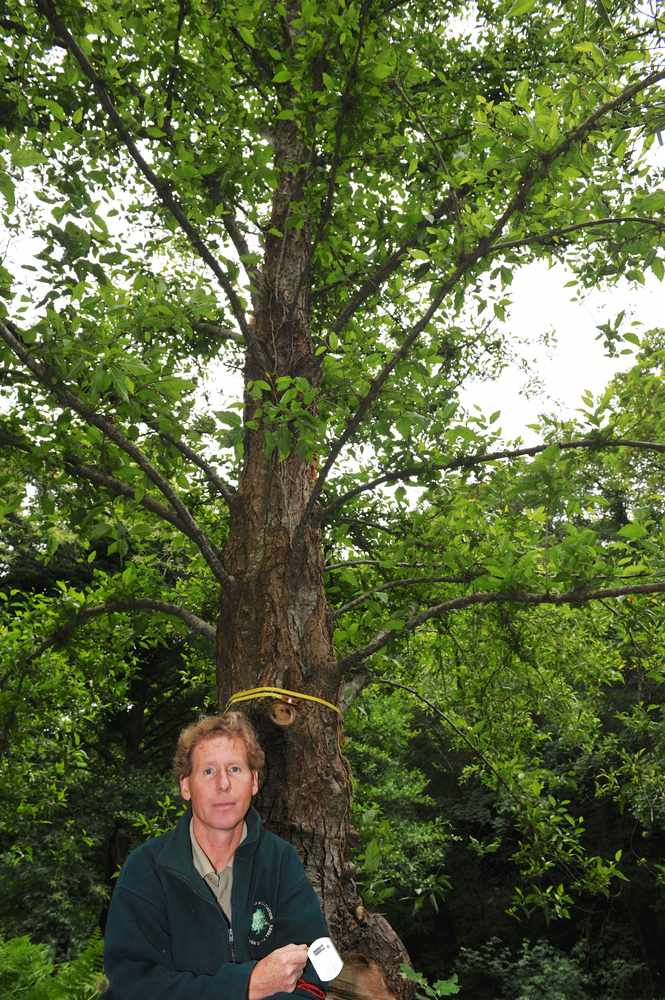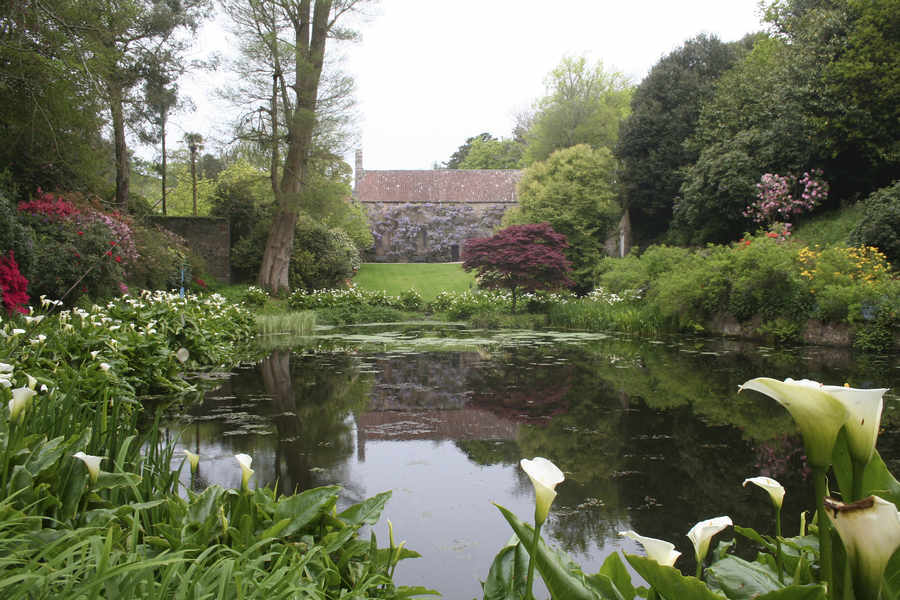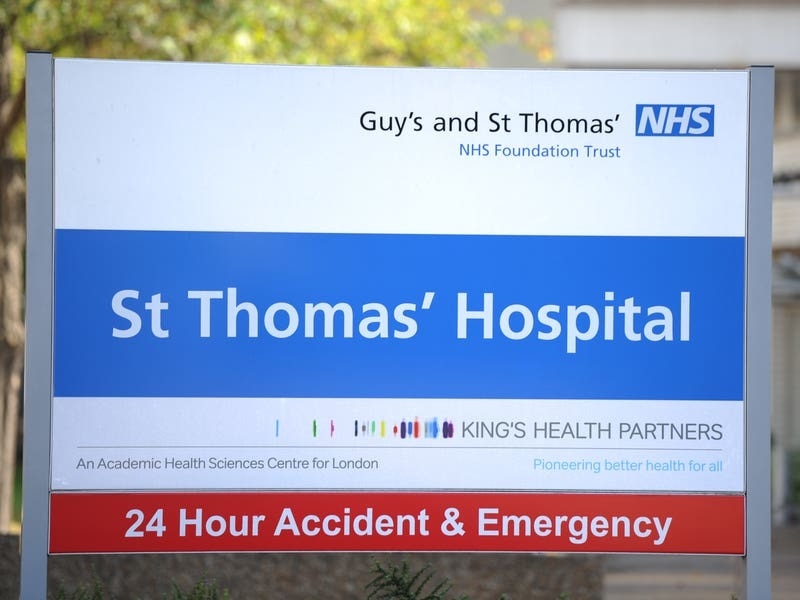Jersey lost more than 200,000 elm trees in the 1970s and 80s, and one of the Island’s most prolific trees, the ash, is now under threat from a disease sweeping Europe.
Beginning in St Helier, the plan is to record every tree in the Island on a digital map using a geographic information system (GIS) programme.

The information to be gathered includes location, species, size, condition and health, a tree’s overall value for the landscape and wildlife, community benefits, as well as new locations where trees could be planted.
Scott Meadows, the Environment Department’s head of plant health, said: ‘With GIS technology it is possible to map trees and it is important to know where they are, as there is an increasing risk from damaging disease like ash chalara (die back), which has taken out large populations of ash trees across Europe. At the moment we don’t have any idea of where the species of trees are. If there is an outbreak of disease in Jersey, we want to effect a rapid response, which is why it is advantageous to have a comprehensive tree map of the Island.’
The mapping project is a partnership between Environment, Jersey Trees for Life, Planning, Transport and Technical Services, the Parish of St Helier, the National Trust for Jersey and commercial arboriculturists who work with trees on a daily basis.
Conrad Evans, of Jersey Trees for Life, said that at present it was impossible to estimate the Island’s tree population.
‘We hope it will also raise awareness of trees, especially in the urban environment where they are quite scarce, and flag up important trees that should have preservation orders on them because they are rare species or have an ecological value for birds and wildlife,; he said.
‘Hopefully people will want to embrace the project and have their trees preserved for future generations.’
As well as being useful in knowing where certain species are located, the project will enable the authorities to assess if a tree needs cutting down before it falls, in order to avoid potential injury to members of the public and damage to property.

The most common species of trees in Jersey are oak, sweet chestnut, ash, sycamore, leylandi
Jersey’s oldest tree is thought to be a species of yew in front of St Clement’s Church, which is estimated to be 400 years old
- The five tallest trees in the Island are:
- A 121-foot Monterey pine at St Georges School
- A 121-foot beech in St Peters Valley
- A 119-foot spruce at St Georges School
- A 114-foot swamp cypress at Rosel Manor
- A 111-foot coast redwood at Rosel Manor[/breakout]






